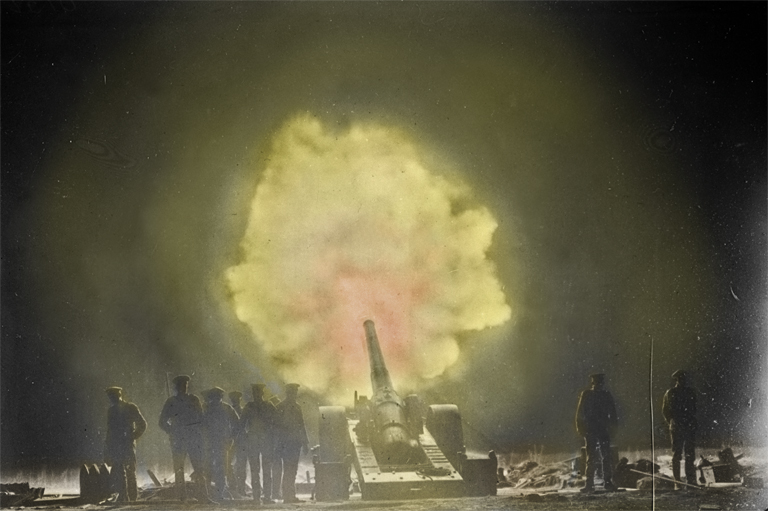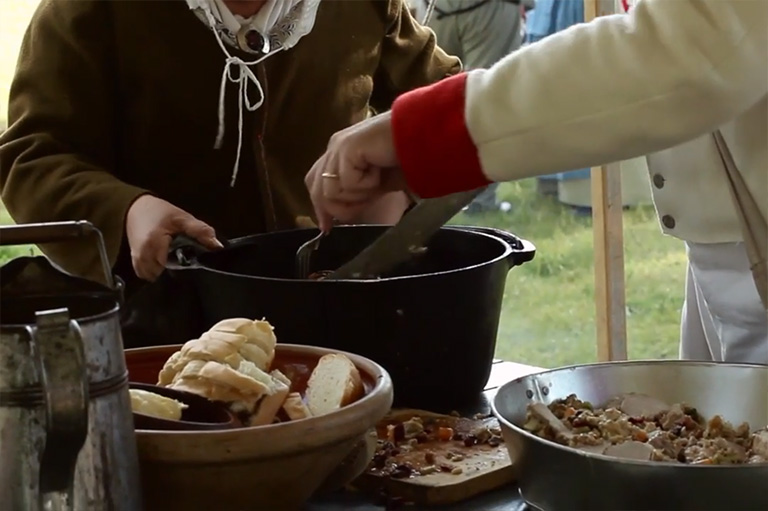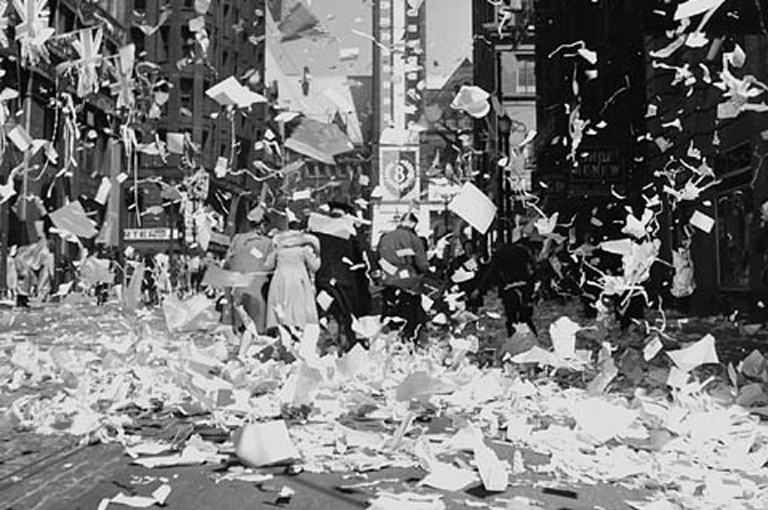Discover a wealth of interesting, entertaining and informative stories in each issue, delivered to you six times per year.
Victory at Vimy
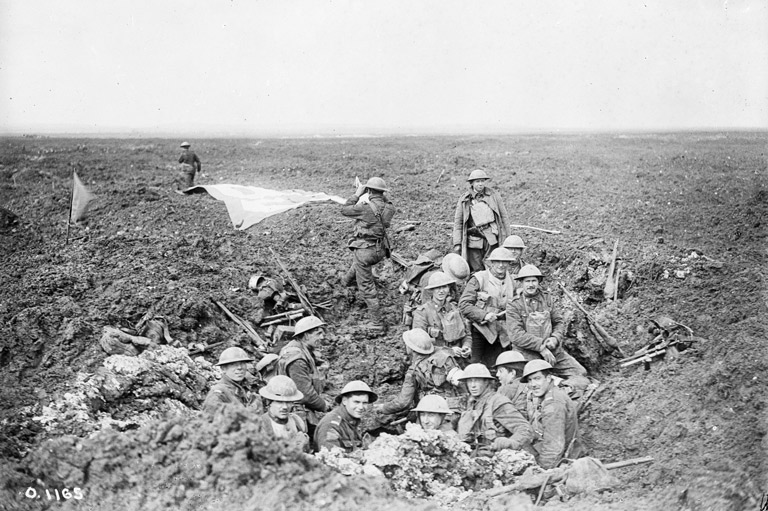
Shock Troops
In late October of 1916, Canadian troops arrive at Vimy Ridge and immediately begin regular raids on enemy trenches, gaining crucial knowledge about German defences.
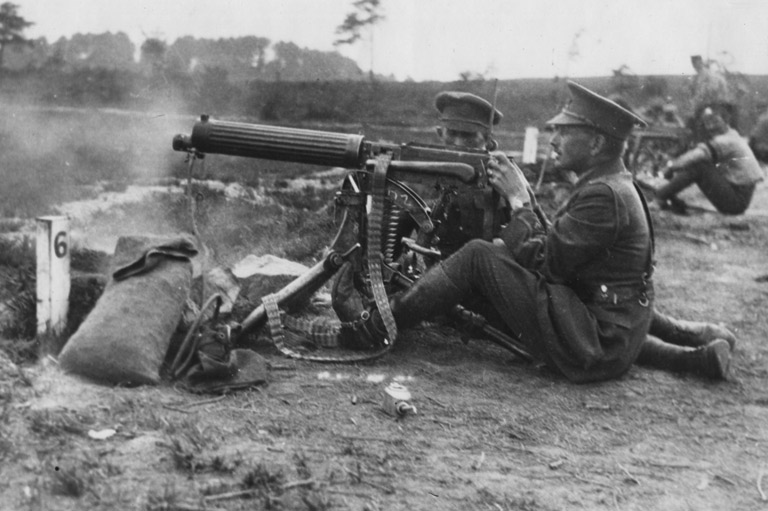
Training Matters
Throughout the winter, troops behind the front practice on a full- scale replica of the ridge, highlighting key objectives with coloured flags. Battle maps are shared with the troops to ensure that, should their officers be killed, the soldiers can continue attacking.
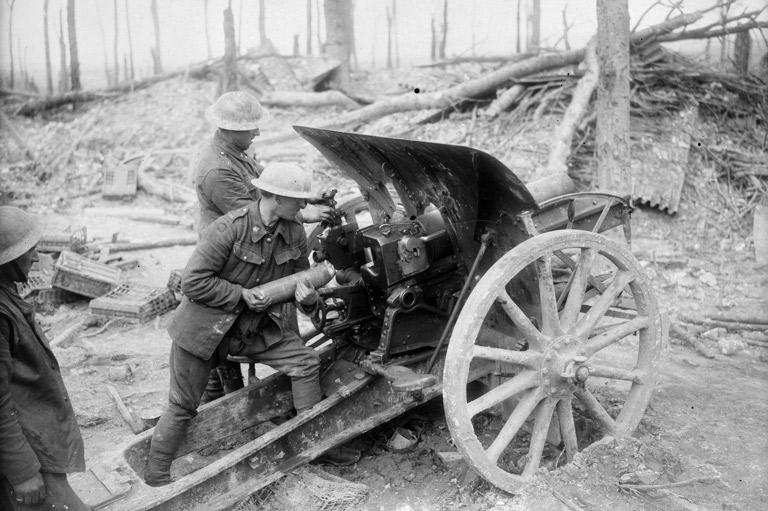
Unleashing Hell
On March 20, 1917, 983 pieces of artillery — from heavy guns and howitzers to field pieces — begin hammering the Germans who are dug into Vimy Ridge. The guns will fire more than one million shells before the actual assault begins on April 9.
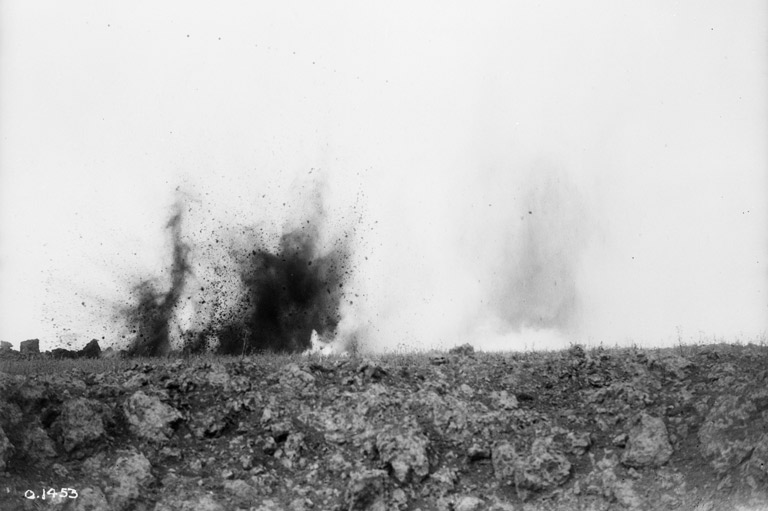
Over the Top
The attack on Vimy Ridge begins at 5:30 a.m. on April 9. As the first wave of Canadian troops goes over the top, the artillery begins a “creeping barrage.” This innovative tactic sees troops closely follow a wall of shellfire as it advances across the battlefield. By the end of the first day, most objectives are achieved, but German machine guns exact heavy losses on the Canadians.
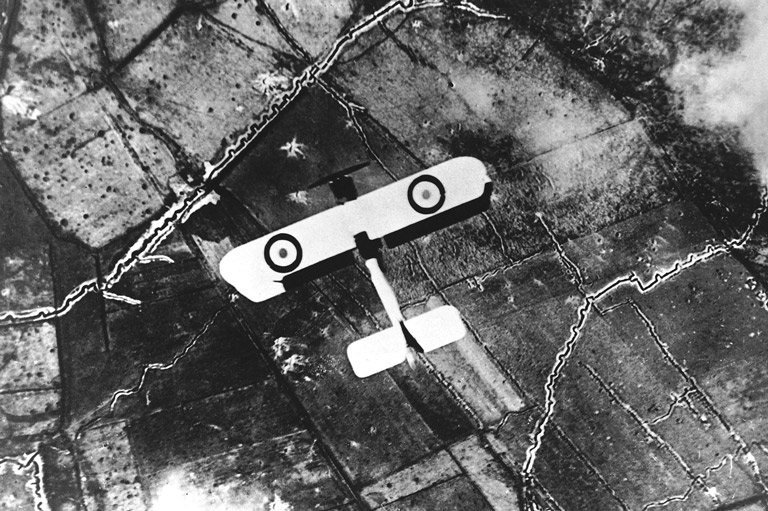
Bloody April
High above the battlefield, the British Royal Flying Corps (RFC) engages in dangerous reconnaissance flights in slow-moving observation planes. The RFC — which includes many Canadian pilots and observers — offers crucial intelligence to the ground forces and even helps Allied gunners target enemy strongpoints. But the planes have to fly at a low height, and many are shot down.
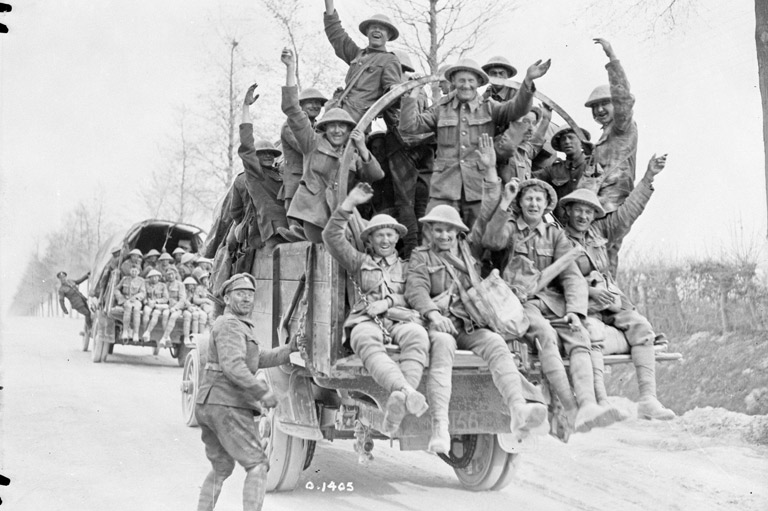
Victory
The Canadians capture almost all of Hill 145 — the highest point of Vimy Ridge — on April 9 and the lower slopes of the ridge on April 10. Two days later, they take another prominent height, nicknamed “the pimple.” The Germans retreat. The victory at Vimy Ridge marks the only significant Allied success of the spring offensive of 1917.
Themes associated with this article
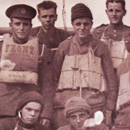
The war that changed Canada forever is reflected here in words and pictures.



